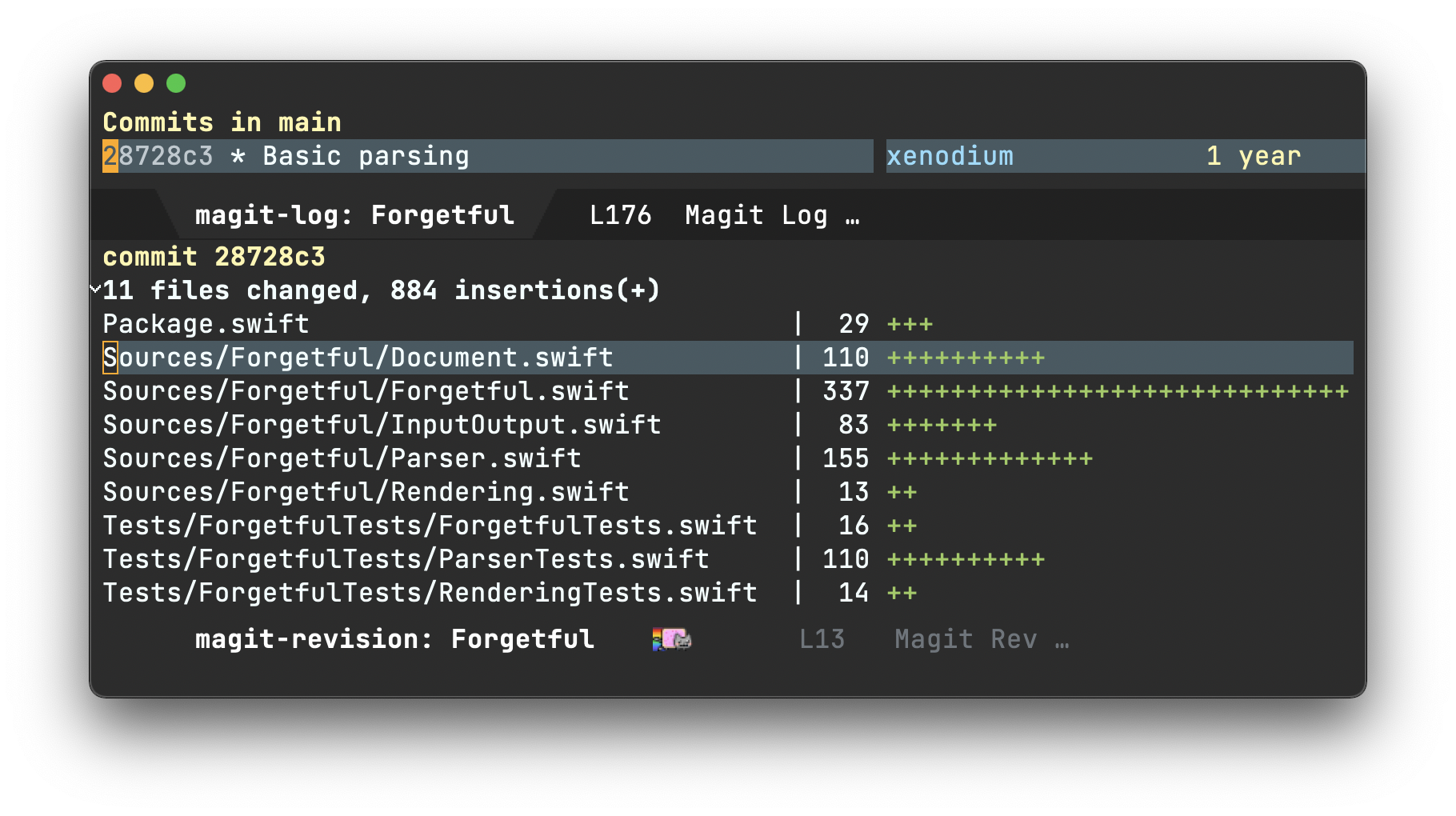

This promising finding can be applied for clinical stabilization of divided ribs. The remaining 27 ribs fixed with PLA fiber knitted sockets did not show any displacement.Ĭonclusions: The PLA fiber knitted rib coaptation socket system was sufficiently durable for the stabilization of divided ribs with biocompatibility. Three ribs in one dog with implanted PLA fiber knitted sockets were displaced radiographically after 1 month, and the grade of displacement remained unchanged after 6 months.

Results: All 15 ribs with 3D-printed sockets had displaced 1 month after the operation. Mechanical analysis of the sockets and radiographical examination of costal fixation were performed to evaluate the effectiveness of the newly developed socket system for rib stabilization. Fifteen 3-dimensional (3D)-printed and 30 PLA fiber knitted sockets were implanted in five and ten dogs, respectively, to stabilize the artificially divided ribs. Methods: We surgically divided three consecutive ribs of each beagle dog, and rib coaptation sockets were implanted to stabilize each rib. We aimed to develop a new rib coaptation socket system and explore its clinical applicability. However, the clinical results of such rib fixation have not been completely satisfactory. Background: Costal coaptation pins made of poly-L-lactide (PLA) are clinically available for fixing surgically divided ribs.


 0 kommentar(er)
0 kommentar(er)
